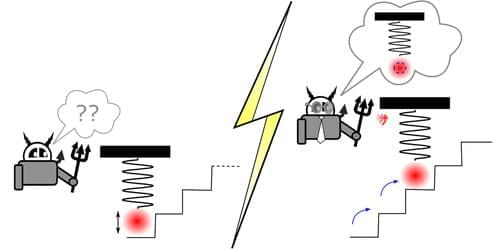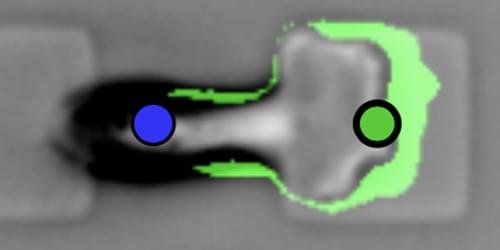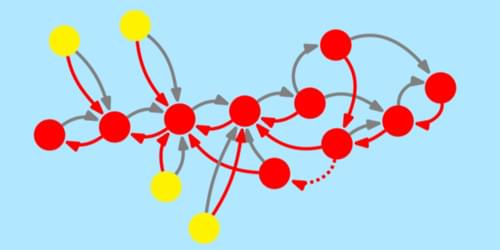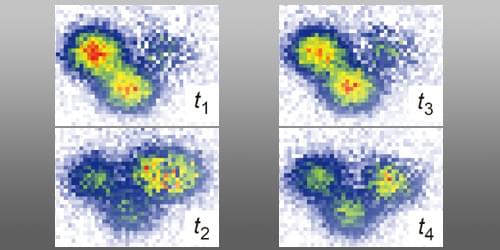The first 1,000 people who click the link in the description will get 2 free months of Skillshare Premium: https://skl.sh/isaacarthur16
As humanity reaches out to the stars and make new homes on strange new worlds, how will our genetics & DNA change under those alien planets?
Visit our Website: http://www.isaacarthur.net.
Support us on Patreon: https://www.patreon.com/IsaacArthur.
SFIA Merchandise available: https://www.signil.com/sfia/
Social Media:
Facebook Group: https://www.facebook.com/groups/1583992725237264/
Reddit: https://www.reddit.com/r/IsaacArthur/
Twitter: https://twitter.com/Isaac_A_Arthur on Twitter and RT our future content.
SFIA Discord Server: https://discord.gg/53GAShE
Listen or Download the audio of this episode from Soundcloud: Episode’s Audio-only version: https://soundcloud.com/isaac-arthur-148927746/genetic-divergence-civilization.
Episode’s Narration-only version: https://soundcloud.com/isaac-arthur-148927746/genetic-diverg…ation-only.
Credits:
Genetic Divergence & Civilization.
Episode 236; April 30, 2020
Writers:






